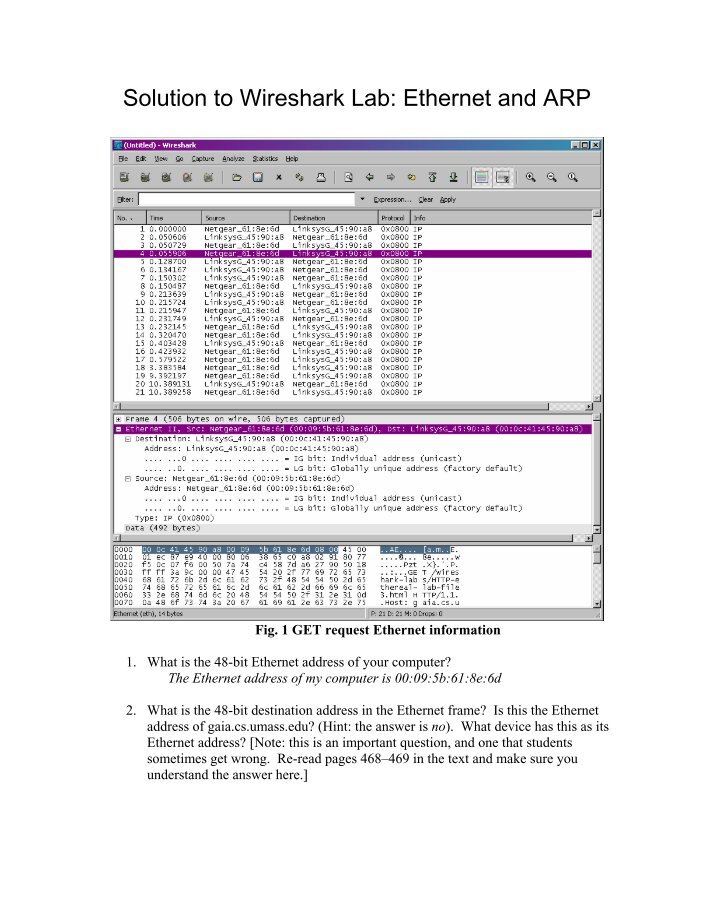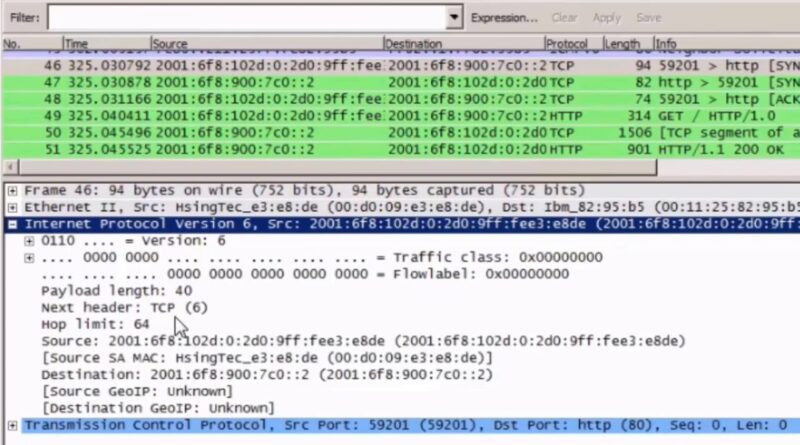

The tracert program (used for our ICMP Wireshark lab) provided with Windows does not allow one to change the size of the ICMP echo request (ping) message sent by the tracert program. We’ll want to run traceroute and have it send datagrams of various lengths.

In this manner, the host executing traceroute can learn the identities of the routers between itself and destination X by looking at the source IP addresses in the datagrams containing the ICMP TTL-exceeded messages.

Ross, Addison-Wesley/Pearson, 2016.Īway to send an ICMP message back to the sender the datagram sent with a TTL of 3 will cause the router three hops away to send an ICMP message back to the sender and so on. References to figures and sections are for the 7 th edition of our text, Computer Networks, A Top-down Approach, 7 th ed., J.F. As a result of this behavior, a datagram with a TTL of 1 (sent by the host executing traceroute ) will cause the router one hop away from the sender to send an ICMP TTL-exceeded message back to the sender the datagram sent with a TTL of 2 will cause the router two hops If the TTL reaches 0, the router returns an ICMP message (type 11 – TTL-exceeded) to the sending host. Recall that a router must decrement the TTL in each received datagram by 1 (actually, RFC 791 says that the router must decrement the TTL by at least one). Recall that traceroute operates by first sending one or more datagrams with the time-to-live (TTL) field in the IP header set to 1 it then sends a series of one or more datagrams towards the same destination with a TTL value of 2 it then sends a series of datagrams towards the same destination with a TTL value of 3 and so on. In order to generate a trace of IP datagrams for this lab, we’ll use the traceroute program to send datagrams of different sizes towards some destination, X. Capturing packets from an execution of traceroute You’ll also want to read Section 4.3 in the text, and probably also have RFC 791 on hand as well, for a discussion of the IP protocol.ġ. We’ll investigate the various fields in the IP datagram, and study IP fragmentation in detail.īefore beginning this lab, you’ll probably want to review sections 1.4.3 in the text 1 and section 3.4 of RFC 2151 to update yourself on the operation of the traceroute program. We’ll do so by analyzing a trace of IP datagrams sent and received by an execution of the traceroute program (the traceroute program itself is explored in more detail in the Wireshark ICMP lab). In this lab, we’ll investigate the IP protocol, focusing on the IP datagram.


 0 kommentar(er)
0 kommentar(er)
